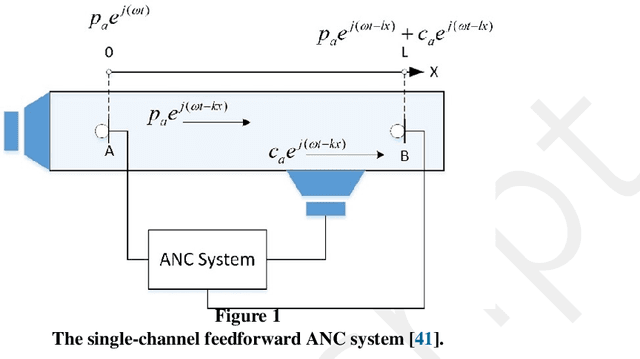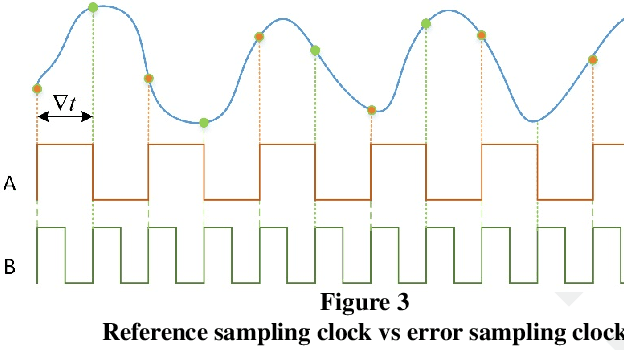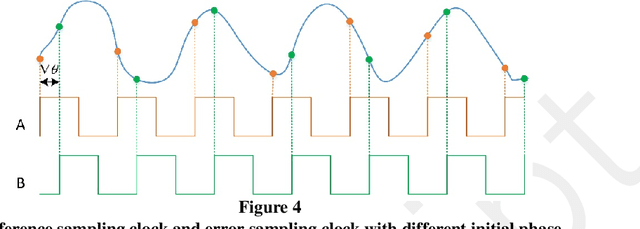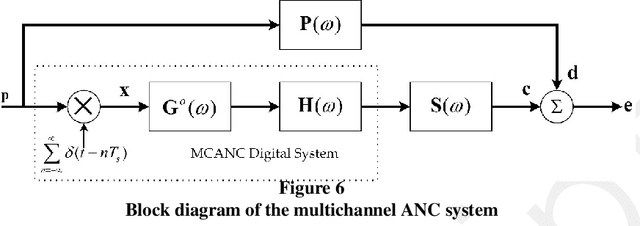Analysis on the Influence of Synchronization Error on Fixed-filter Active Noise Control
Paper and Code
Oct 06, 2023



The efficacy of active noise control technology in mitigating urban noise, particularly in relation to low-frequency components, has been well-established. In the realm of traditional academic research, adaptive algorithms, such as the filtered reference least mean square method, are extensively employed to achieve real-time noise reduction in many applications. Nevertheless, the utilization of this technology in commercial goods is often hindered by its significant computing complexity and inherent instability. In this particular scenario, the adoption of the fixed-filter strategy emerges as a viable alternative for addressing these challenges, albeit with a potential trade-off in terms of noise reduction efficacy. This work aims to conduct a theoretical investigation into the synchronization error of the digital Active Noise Control (ANC) system. Keywords: Fixed-filter, Active noise control, Multichannel active noise control.
 Add to Chrome
Add to Chrome Add to Firefox
Add to Firefox Add to Edge
Add to Edge